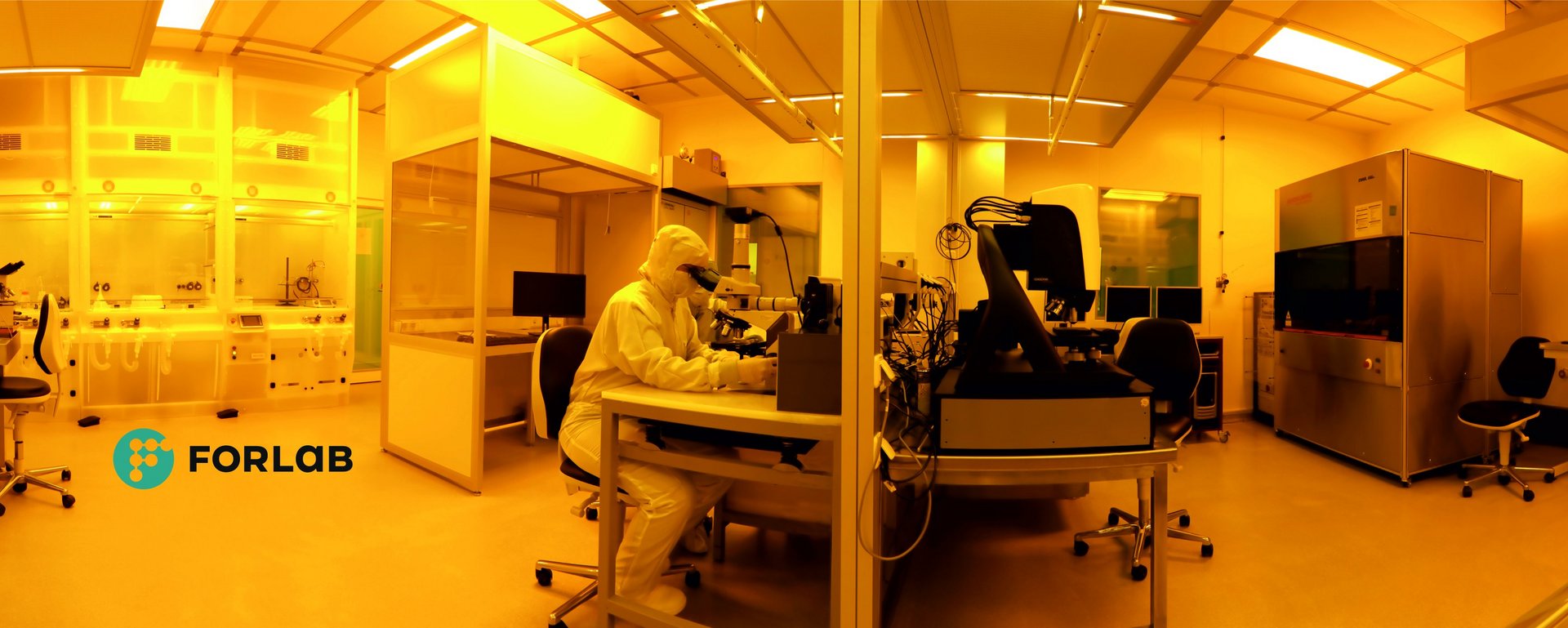Energy self-sufficient microsensors
EVERYONE SAY: “IT CANNOT WORK!” - THEN SOMEONE CAME WHO DIDN'T KNOW THAT AND JUST MADE IT!
Energy self-sufficient systems have so far mostly been understood in such a way that the electronics are optimized for ever lower energy consumption and the required electrical auxiliary energy is obtained from the environment by means of harvesting, for example from mechanical movements, light or temperature gradients.
Our approach, on the other hand, aims to completely dispense with electrical auxiliary energy for amplification, storage and AD conversion. In many application cases it is sufficient if microsensors are queried at intervals, but then provide information from the previous interval, such as the extreme values of measured variables that have been reached. Other information is, for example, the frequency with which a limit value is exceeded or fallen below or the integral of a variable over time. An example of an integral variable is the temperature-over-time integral, which describes many aging processes.
Energy is always required for measurement and storage, but many measured variables bring enough non-electrical forms of energy with them to write directly to a mechanical memory, for example, or to set a counter. In addition, the results can be coded in such a way that they can be read out digitally using an interface that only needs to be activated temporarily, e.g. using NFC or RFID technology.
The aim is to build a family of storing sensors that can do without electrical auxiliary energy, but can still be queried by radio at any time. The research is currently being carried out in the BMBF ForMikro project UpFUSE together with the Technical University of Chemnitz, the University of Paderborn and the Fraunhofer institutes of the ENAS located there. In addition to the mechanical concepts of the RUB, nanoionic memories are being researched in Chemnitz and these passive sensors are then integrated into RFID-based sensor nodes together with Paderborn. Several industrial partners are accompanying this research and supporting the project with their expertise, but also with their potential requirements for future passive sensors.
